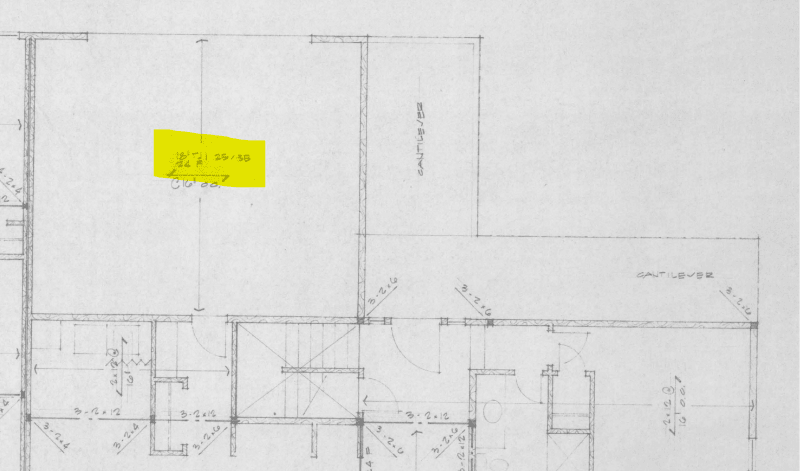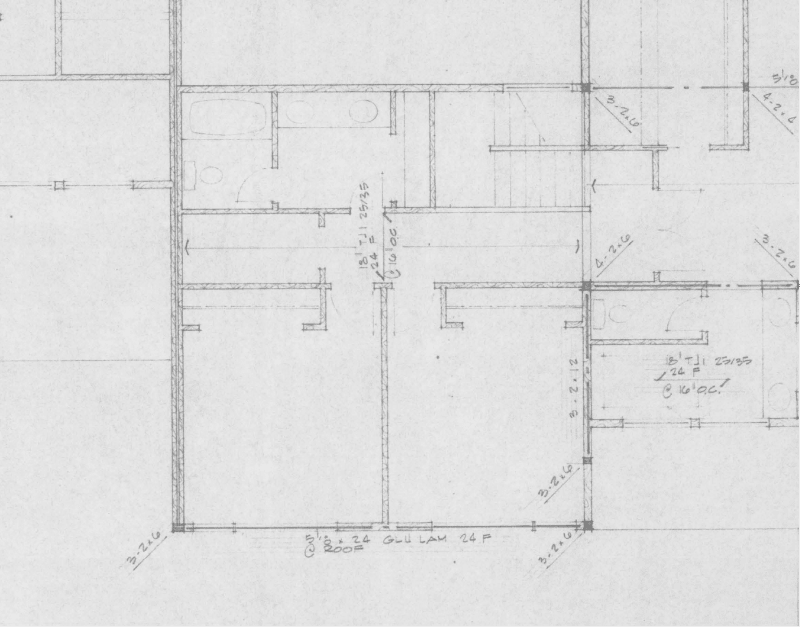DoubleStud
Structural
I am doing a pretty extensive remodel (addition and pop top). The existing structural shows 18" TJI 25/35 24 F @ 16" o.c. I went to TJI website to look at their old series, I couldn't find anything with 18". I assume 25/35 mean series 25 OR 35. Not sure what 24F is. The existing framing has some crazy span with mid wall not declared as a load bearing wall. It would be nice if I can figure out the performance of these old joists before I decide what to do.
We will eventually have a permit to demo the drywall so we can verify the depth.

We will eventually have a permit to demo the drywall so we can verify the depth.


